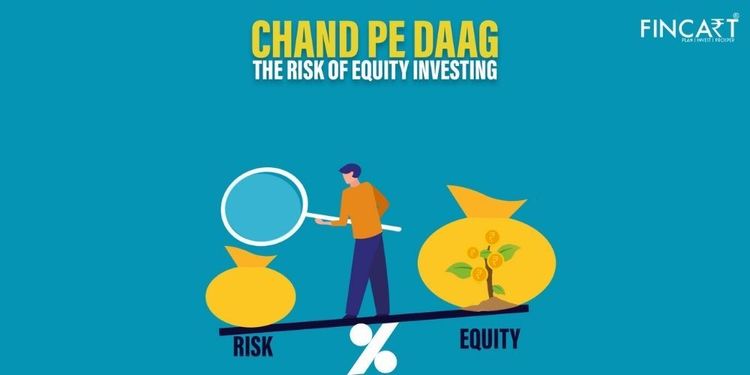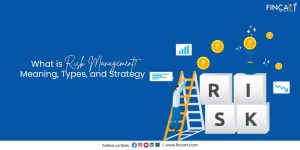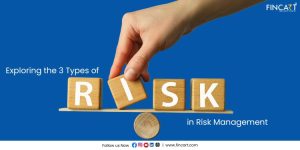What is the Risk of Equity Investing?
Extending the same analogy of “Daag” as “Risk” from the last article “Daag Acche Hain”, further. The “Chand pe Daag” is permanent, and so is the risk of equity investing – it’s a perpetual part of investing. In no way, these “Daag” on the moon either belittle or steal away its beauty; it still shines away with all its magic. Understanding, the risks of equity investing, ways to mitigate them, and managing our behaviors, will help us appreciate the “Daag” and create wealth.
Risk and returns are positively correlated in investments. Higher return accompanies a higher degree of risk. Equity Investment has the propensity to deliver higher returns hence it carries a higher degree of risk. Alternatively, avoiding this risk will lead to lower returns – perhaps the post-tax returns could be lower than (headline & lifestyle) inflation – permanently destroying the purchasing power of money.
The above risk is like trying to beat the treadmill by running on it – highly improbable. This is what makes “Investing a necessity and no longer a choice”. The risk of equity investing cannot be eliminated. However, the good news is that it can be skillfully navigated through prudent risk management practices, making investing a more secure and sustainable choice.
Risk Mitigation – Diversification and investing for a longer time horizon are two smart ways to mitigate the risk of equity investing.
Diversification – By investing in two or three equity stocks the risk will be higher – this can deliver outsized returns if the trade plays in favour and likewise it will cause severe wealth destruction if it doesn’t- concentration risk. The solution therefore lies in diversification- a way of owning more than just a handful of equity shares, thereby reducing the risk of equity investing & volatility; it surely mutes the return propensity marginally but certainly carries a much better return to risk trade-offs.




